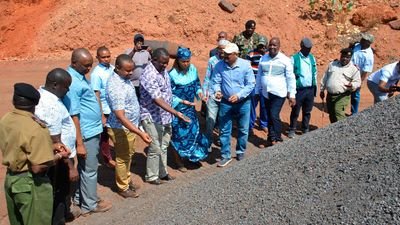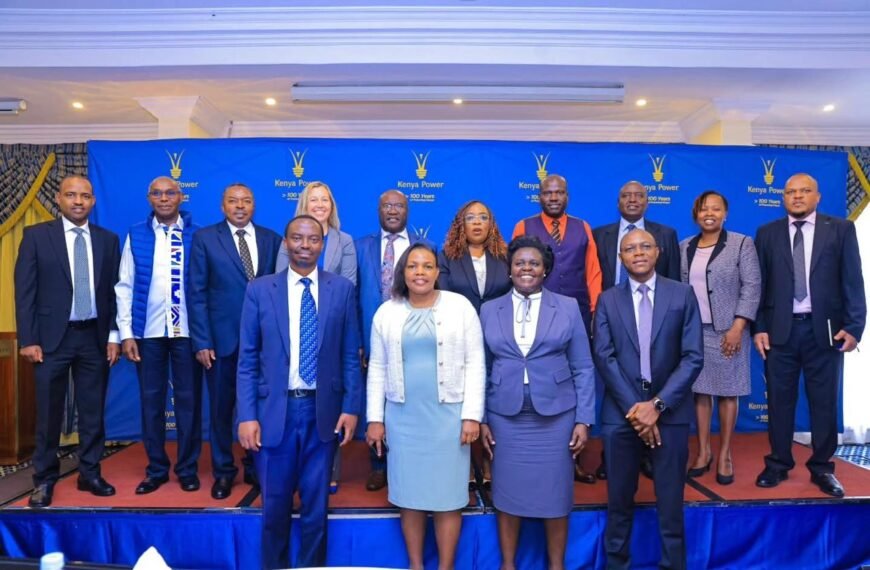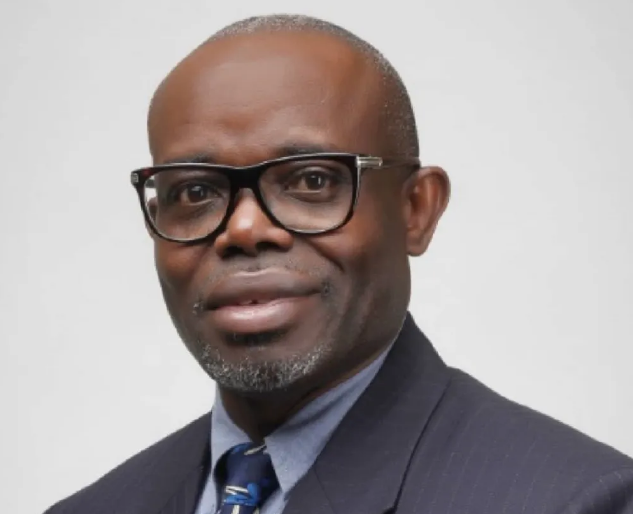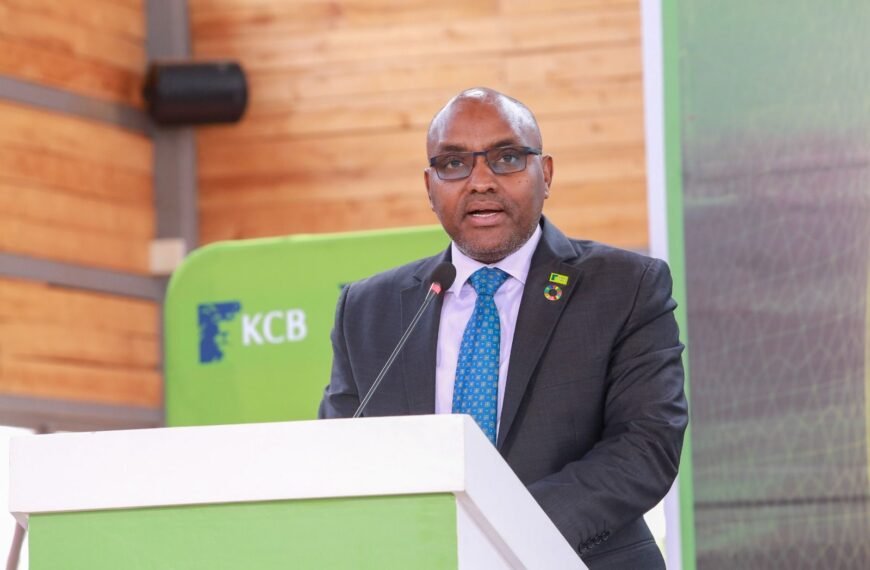
Kenya, Uganda tighten controls of mining sector
Kenya is following in the footsteps of Uganda in enacting legislation to reform its nascent mining industry to improve the state’s control and oversight of the critical industry.
Uganda passed its Mining and Minerals Act in October last year and Kenyan lawmakers are considering changes to the Mining Act of 2016.
The Mining (Amendment) Bill that was tabled in parliament this September proposes establishment of a Mining Regulatory Authority to replace the current Mining Rights Board, and a Mining Rights Tribunal to deal with disputes resolution.
The Mining Regulatory Authority – as opposed to its predecessor whose role was limited to advisory – will control the “exploration, extraction, production, processing, refining, transportation, storage exportation, importation and sale of minerals.”
According to the National Assembly’s Environment, Forestry, and Mining committee, the amendment will help improve efficiency in overseeing the mining industry by separating the functions of policy formulation from administration and dispute resolution.
“The Act as currently is, converges policy formulation and implementation, day-to-day administration of the Act including obligations owed to the mineral rights holders and dispute resolution at one point,” said the committee chair David Gikaria.
“This presents implementation challenges and regulatory uncertainty in the mining sector. The Bill, therefore, proposes to first, elevate the role of the Cabinet Secretary to provision of policy direction in the sector.”
Uganda reformed its mining sector last year with the Mining and Minerals Act which seeks to “ensure the rational, integrated and safe exploitation and use of mineral resources.”
Among the changes the new mining law has initiated is the establishment of the Uganda National Mining Company, which will take up to 15 percent equity stake in all large and medium mining operations in the country.
The law is also meant to protect the country’s minerals and the environment, as well as promote value addition and beneficiation of minerals before they’re exported, which could see a rise in revenues.
These moves to re-organise the mining industry in Kenya and Uganda come amidst reports of projected growth in demand for certain minerals that will be crucial for the low-carbon economies of the future.
In Kenya, geologists recently confirmed that there are rich deposits of copper, graphite, manganese, nickel, iron ore and nickel-cobalt, all of which are projected to record growth in demand as the low-carbon transition picks pace. Uganda has rich reserves of copper, cobalt, and iron ore.
But some players in the sector are expressing doubt that these reforms will bing meaningful gains in the two countries.
“The intention is good, but the question is, shall we walk the talk this time?” Posed Dr Patrick Kanyoro, chairperson of the Kenya Chamber of Mines, a lobby of private-sector players.
Kanyoro argues that the problem has not been the lack of regulation, but of political will to implement available regulations, occasioned by an underlying mistrust between the government and private sector.
“If the [proposed] Mining Regulatory Authority is actually granted the independence it is supposed to have, then it will cure a lot of those problems that we have,” he said.
Much remains to be seen, however, about how these changes will tackle the “resource curse” menace that has riddled most mining projects in Africa, including in Kenya and Uganda, where communities in mineral rich areas have been impoverished further after exploration begins.
Resource curse occurs when a country’s abundance of natural resources translates into a stagnation of economic growth, corruption, poor governance and sometimes the proliferation of political violence or conflict.
For instance, the Democratic Republic of Congo has nearly half of world’s reserves of copper and cobalt, whose demand is projected to double by 2030 as uptake of electric vehicles surge but is among the poorest countries globally and the eastern parts have not known peace for decades.
According to Kanyoro, the issue of “resource curse” for communities in mineral-rich areas will not be fully addressed by the regulations themselves but will require a multi-stakeholder approach.
“The issue as to how the benefits are shared will be best addressed when we have the local communities, government, industry, and civil society organisations come together to have honest conversations about it. It’s more of a moral issue than a legal issue,” he said.


















